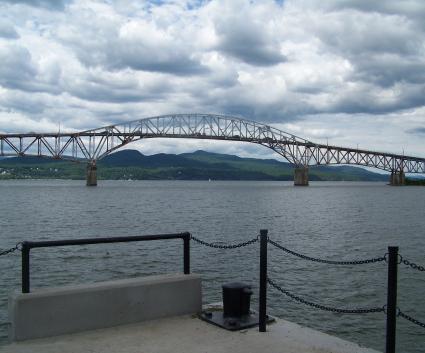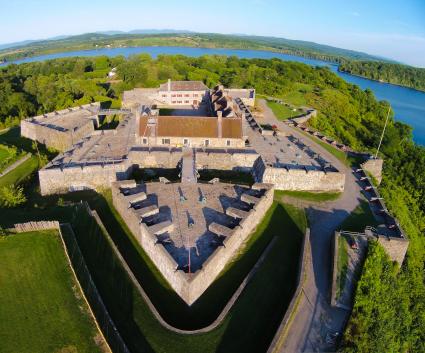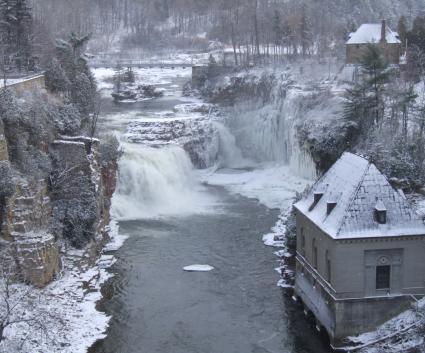No matter the season, one of the best ways to enjoy the Lake Champlain Region is, of course, to get out on the lake. Whether you're swimming and splashing on a sandy beach, fishing from a boat in summer, or ice fishing and skating in the winter, the lake plays a significant role in the lifeblood of the communities that line its shores. But did you ever peek over the side of the side of a boat or beyond your little patch of beach and wonder what's under the surface? I'll admit that for many years I didn't — beyond hoping to spot Champ, the lake's most legendary resident. The truth of the matter is that there is quite a bit down there, and it is all fascinating. It's an entirely different world, one that is constantly yielding new adventures and revealing clues to historic mysteries.
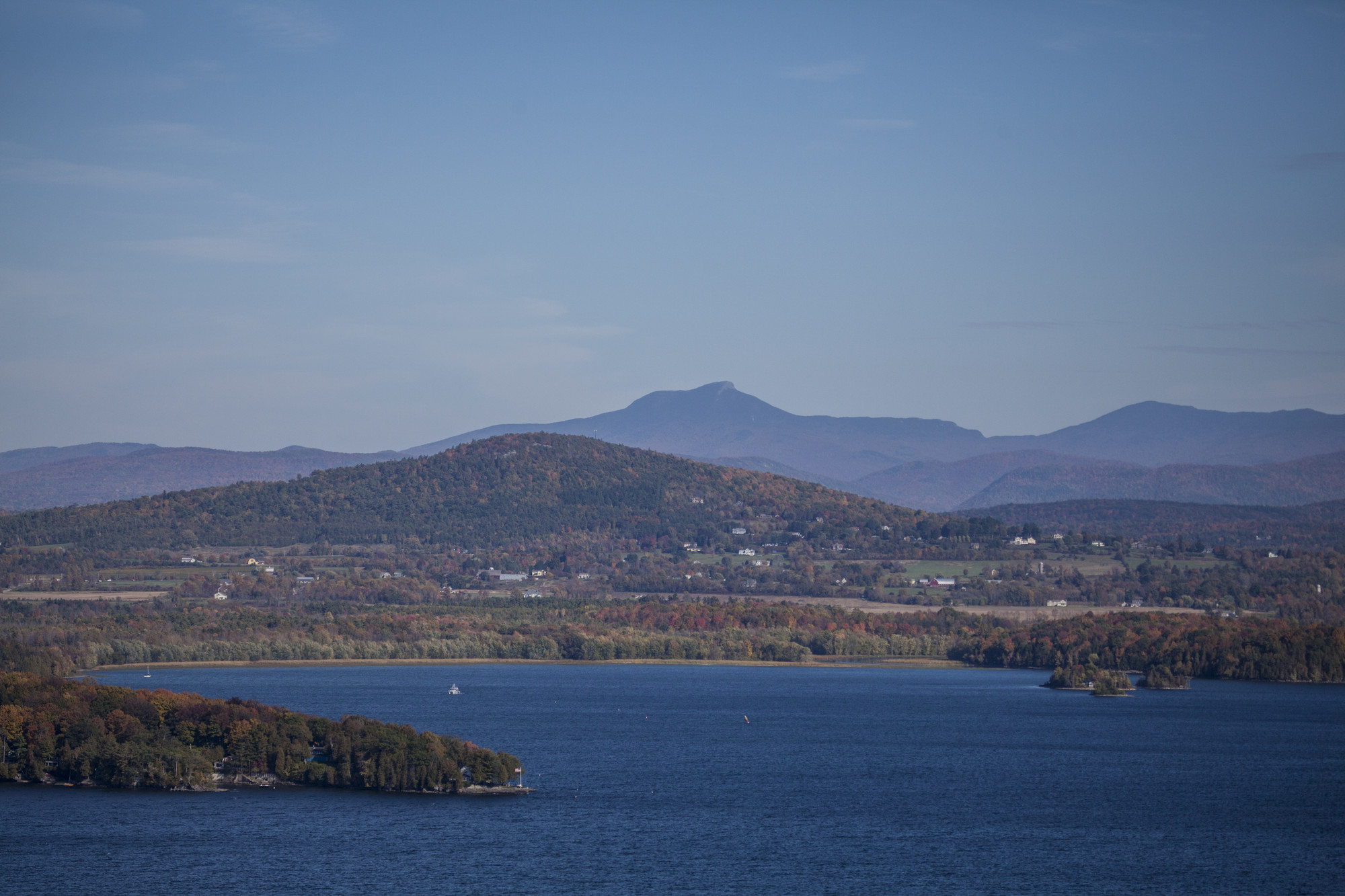
Lake Champlain has long been a crucial part of life on both sides of the lake. For many years, it was essentially a highway, before roads were any better than rutted tracks and trains could sweep you up and down the state with ease. Quite simply, the easiest way to move people, lumber, building supplies, produce, and even whiskey was on the lake. In the early years of this nation, when the Northeast was a battle ground between the French and British, and, later, the British and the American colonists, the lake's position as a travel corridor was of incredible importance. Control of the lake meant access not just to New York and Vermont, but also the route to St. Lawrence, and from there onward to the Great Lakes.
It was inevitable that over hundreds of years, cannon-fueled battles, the wear and tear on wooden ships, natural hazards, and something as elemental as fire would cause more than a few ships to dramatically founder, to be driven upon a shoal, or to simply disappear, not to be seen again for many years. Today there are more than 200 shipwrecks on the bottom of Lake Champlain, and many of them have been re-discovered, photographed, studied, and even used to solve a few historic mysteries! It's time for us to dive in ourselves and explore the stunning world beneath the sparkling surface.
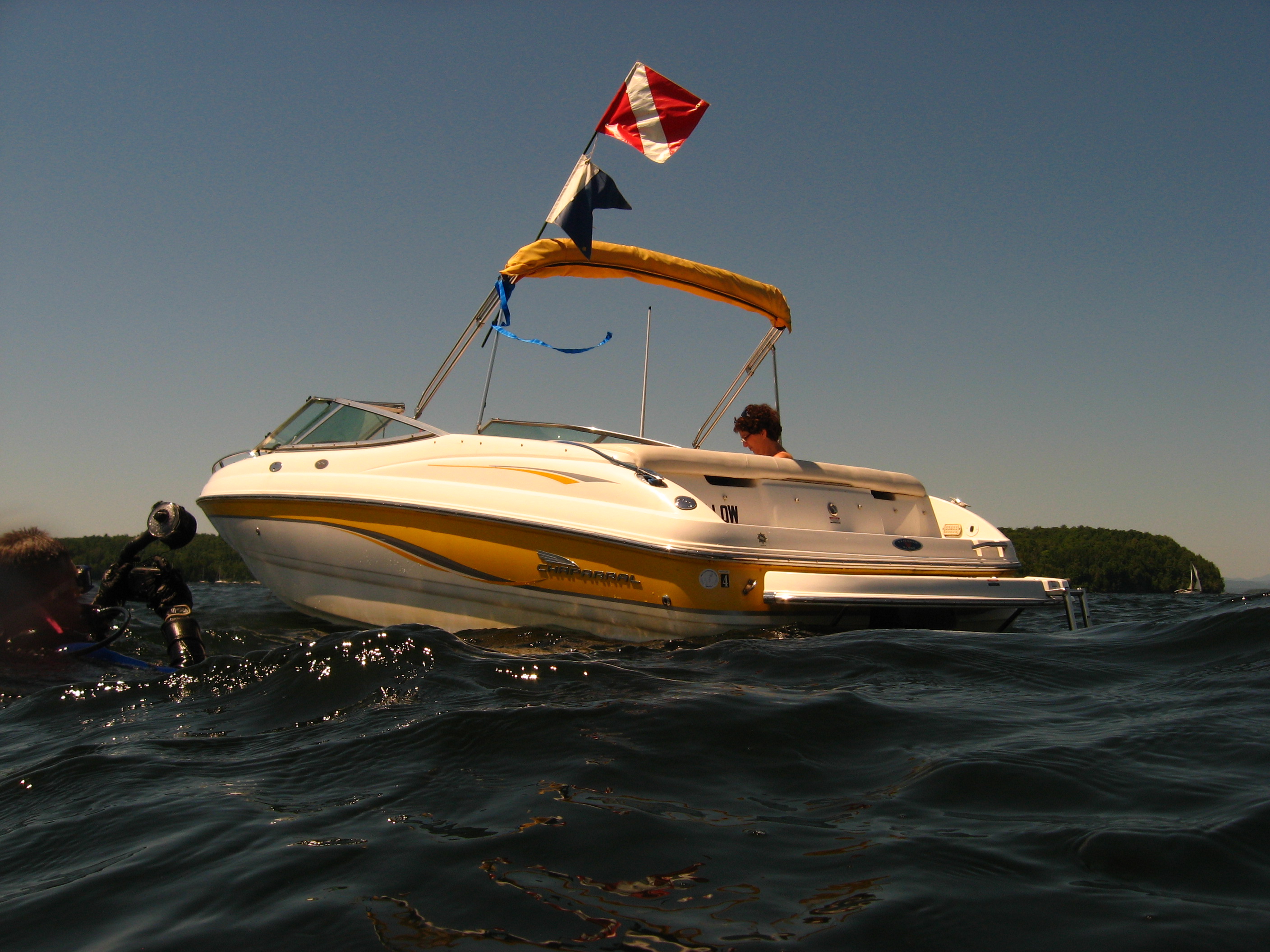
Dive in to Lake Champlain's Past
Growing up, I thought scuba diving was only done in tropical places: bright coral reefs and off sandy beaches somewhere warm. I was so wrong! Lake Champlain is a very popular place for scuba diving and has been for many years. That's not to say it's anything like tropical diving, but in many ways it is much better and is certainly interesting. Diving here means chillier, darker, deeper waters. It's not for the faint of heart, but it's a ton of fun for intermediate and experienced divers. You will not find brightly colored clown fish, but something even better, something more astonishing and mysterious: the shipwrecks, of course!
Gary Kessler, a former Vermont resident who spent more than twenty years diving the lake explained to me that, "For a diver who is interested in a different experience and particularly one who is interested in maritime archaeology in a serious way, Lake Champlain is fascinating.”
While the cold water may not appeal to all divers, the wrecks of wooden ships adore it. Cold water helps preserve the ships, slowing down natural decay. When divers explore these wrecks, they will often find — depending on a number of circumstances, including why the ship sank — intact hulls, masts, and even upright ship's wheels. These wrecks are pieces of the history of Lake Champlain, broken testaments to the life the lake used to be home to, whether it was a passenger steamer transporting travelers or a canal boat ferrying goods to New York City. As Kessler notes, “The idea of diving a wreck that’s 200 years old: you can practically see the ghosts.”
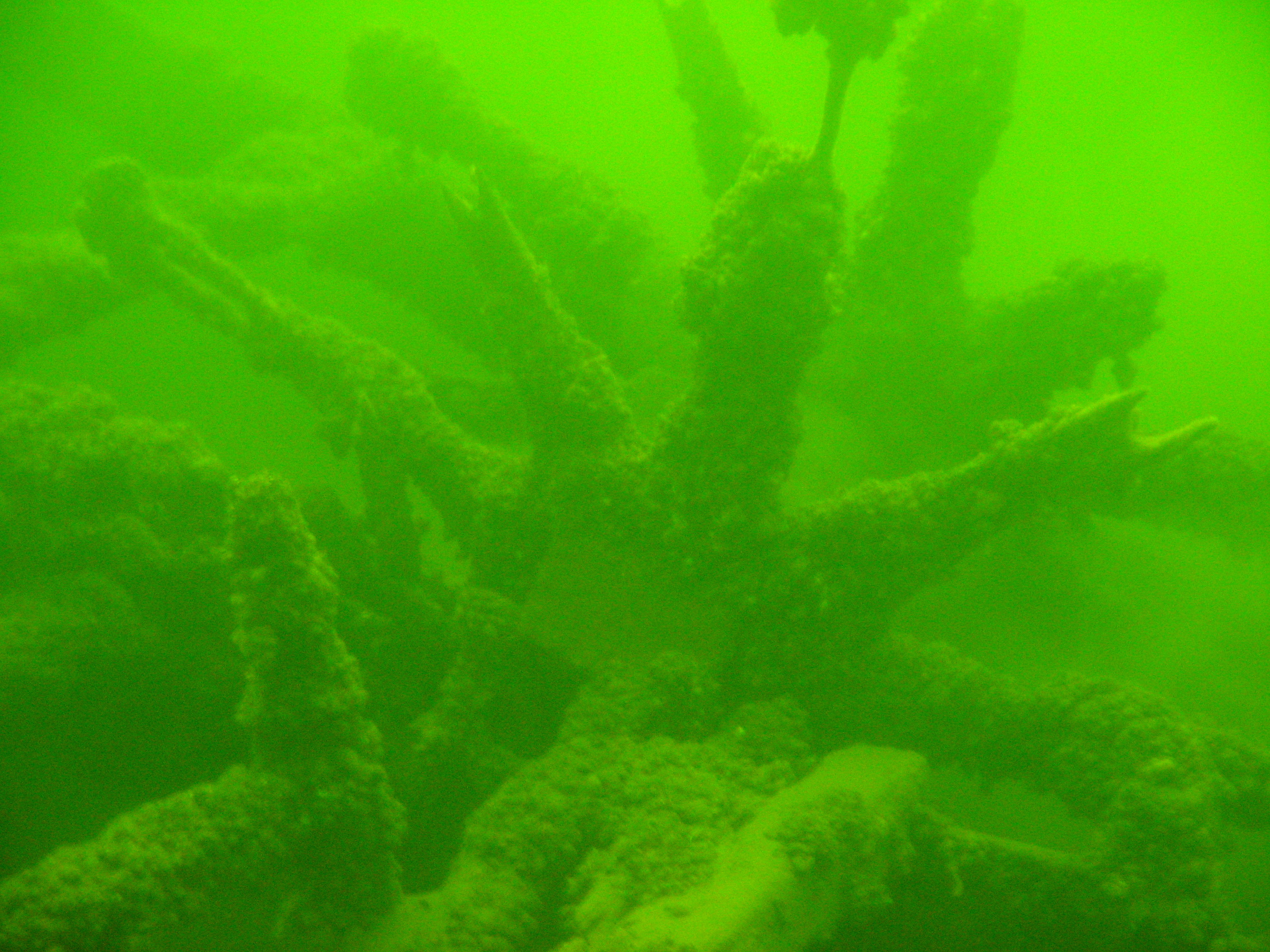
Some of the shipwrecks in Lake Champlain are part of a system called Lake Champlain Underwater Historic Preserves. The sites are all of historic and environmental interest and are fantastic, fascinating sites for interested divers. Each ship is from the 19th or 20th century and range from canal boats — once an extremely popular and practical way to travel Lake Champlain and points beyond — to steamboats to a schooner and even a ferry that was powered by horses. The preserves are intended to do just that: preserve each site from things like anchor damage and artifact collecting, as well as monitor the ships' condition. These sites are each marked by location moorings with identification buoys and signs underwater that explain some archaeology etiquette. These sites are free to dive, though it is recommended that you register online each season.
Video of Diamond Island "Stone Boat" courtesy Lake Champlain Maritime Museum.
If you decide to dive in Lake Champlain, be sure to follow all of your normal safety procedures. In addition, be respectful of the shipwrecks: although they have survived this long, they still need to be treated with gentleness. Don't touch the wrecks, don't remove anything, and if there are underwater signs warning you not to enter a vessel's hold, please respect that. You'll find dive shops on both sides of the lake, too, to help you with gear, plan a dive, and even take you out on a charter.
Famous shipwrecks
There are plenty of wrecks in Lake Champlain with fascinating stories and I encourage you to learn more, but for now, let's take a look at two fascinating examples.
Phoenix
The Phoenix was a steamboat that carried passengers and freight between Whitehall, New York, and St. Johns, Quebec, with other stops along the lake, including Burlington, Vermont, and Plattsburgh, New York. Built in 1815, the steamboat met a catastrophic — and early — end on the night of September 4, 1819, when a fire broke out on the boat. Tragically, the fire was discovered too late. Of the forty-six passengers and crew members, all but twelve were able to board two small boats. Of the twelve who remained on the ship, six were rescued from the chilly lake the next day, while the other six did not survive.
One of the most exciting things about the underwater world of Lake Champlain is that divers, enthusiasts, and research scientists are still learning new things about our past, thanks to the evidence lying at the bottom of the lake. A great example is seen in the wreckage of the Phoenix. It was long believed that the massive side wheels that paddled the water were lost in the fire that sank the ship. Just last year, diver Gary Lefebvre found the Phoenix's paddle wheels, which had long been thought lost in the fire. The location of the wheels in relation to the rest of the wreck led researchers to the conclusion that as the fire burned, the mechanism holding the wheels to the boat burned, causing them to drop off into the lake, after which the helpless Phoenix continued to drift.
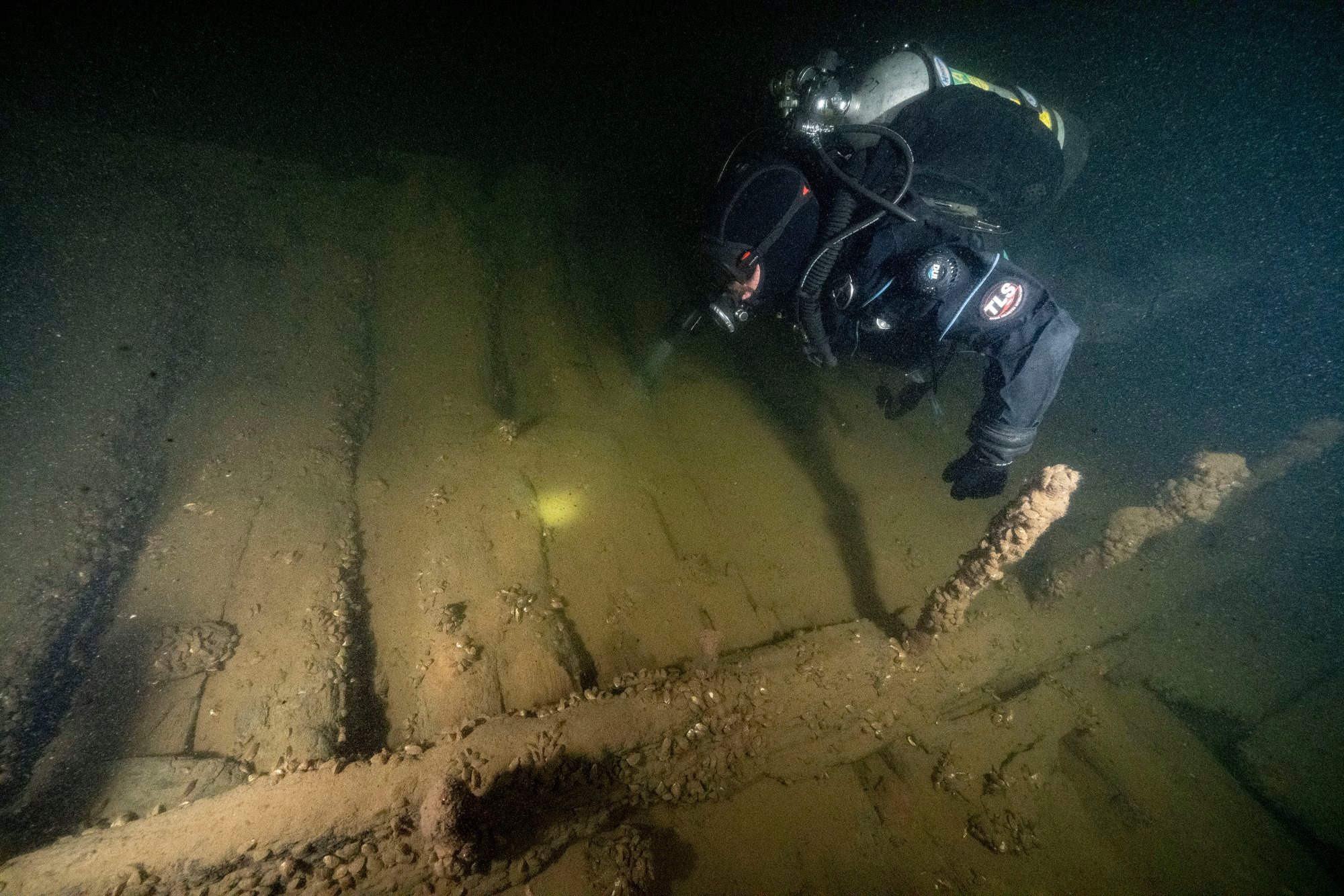
Even more recently, a research trip led by the LCMM recovered a drive shaft bearing block from the Phoenix, which will aid researchers in learning more about the ship's design and construction. More than 200 hundred years after the Phoenix caught fire and sank into the depths of Lake Champlain, it continues to provide new information about the past.
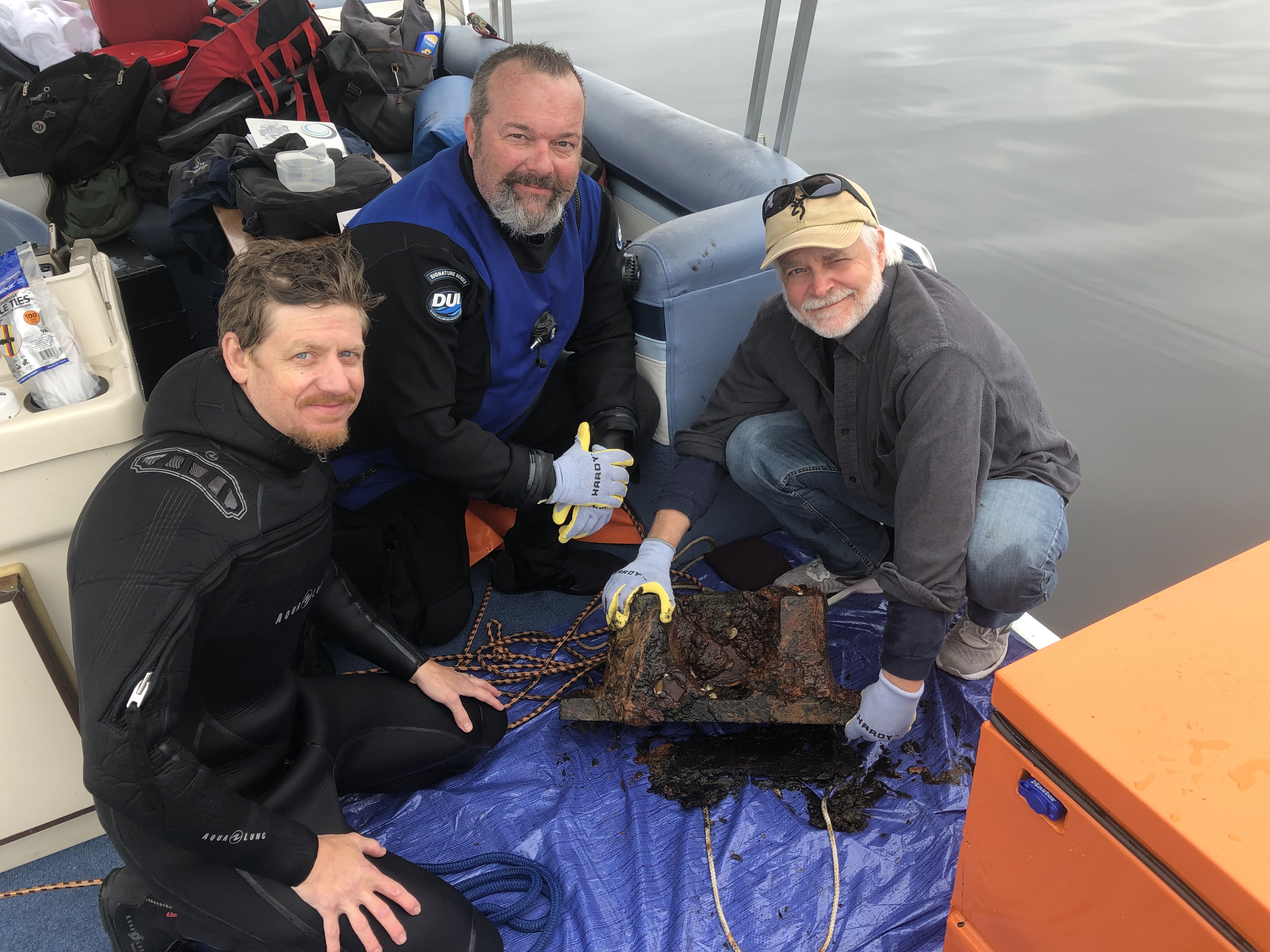
Horse Ferry
Perhaps you've seen ferries plying the waters of Lake Champlain, between Essex, New York; Charlotte, Vermont; Port Kent, New York; and Burlington, Vermont. They provide a great way to cross from one state to another, and the rides are incredibly scenic. There were ferries on Lake Champlain in the 1800s, too, but of a much different type. Early ferries were powered not by powerful steam engines, but by horses that walked on a type of treadmill which turned the paddle wheels.
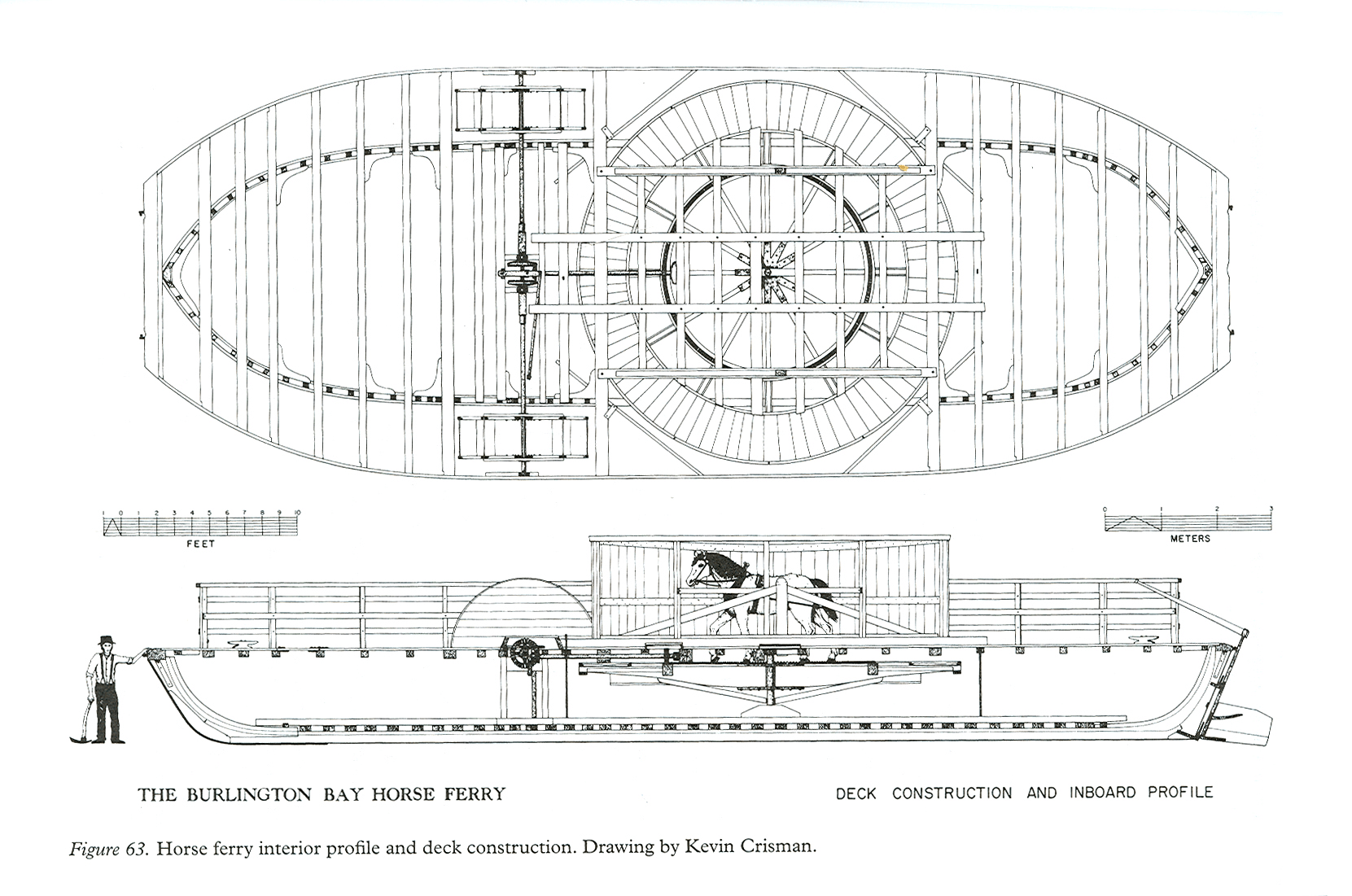
In 1983, the wreck of a horse ferry was discovered in Burlington Bay through the use of sonar. The horse ferry wreck measures 63 feet long and has several features that are still visible and of archaeological and historic interest. Parts of the paddle wheels, though fragile, are intact. The oak spokes, which once connected the shaft to the now-missing paddles, are largely intact and make for a fascinating sight.
One of the most intriguing aspects of the horse ferry wreck in Lake Champlain is that, to this day, no one knows the name of the ferry or when it was built. How did it end up on the bottom of the lake, fifty feet below the surface? Who was her captain? We may never know the answers to those questions, but the horse ferry is a Lake Champlain Underwater Historic Preserve, and it is just possible that someday a clue might turn up that provides some answers.
No scuba, no problem
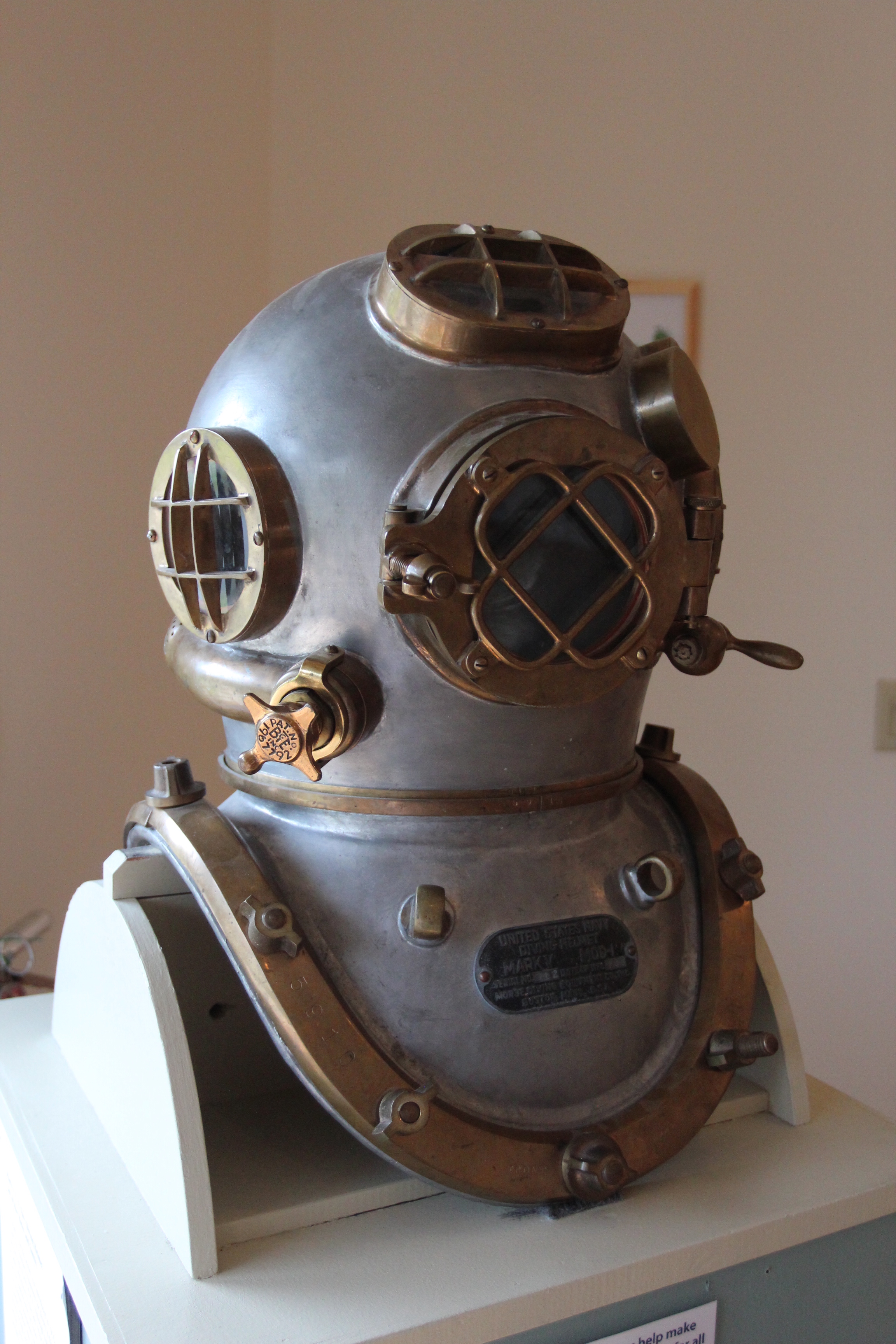
There are some of us who will likely never dive the wrecks of Lake Champlain, but that doesn’t mean we have to miss out on the exceptional history contained under the lake’s surface or the unique artifacts that have been preserved. Aside from diving, there are two excellent ways to experience wrecks: at the historic Fort Ticonderoga and across the lake at the Lake Champlain Maritime Museum (LCMM). Located in Vergennes, Vermont, the LCMM does extraordinary work in combining history, archaeology, and ecology. I visited recently and was fortunate to learn a great deal from the museum's exhibits, as well as its Executive Director, Susan Evans McClure, and Chris Sabick, Director of Archaeology and Research.
At Fort Ticonderoga, hop aboard the Carillon, a 1920's replica touring boat, for a historic cruise. The narrated cruise is full of fascinating information about the lake's role in the battles the fort was involved in, great views of the lake and shore, and, perhaps best of all, you'll learn about shipwrecks! Sonar readings on shipboard screens show you the lake below, offering all of us an opportunity to explore beneath the surface without even getting wet.
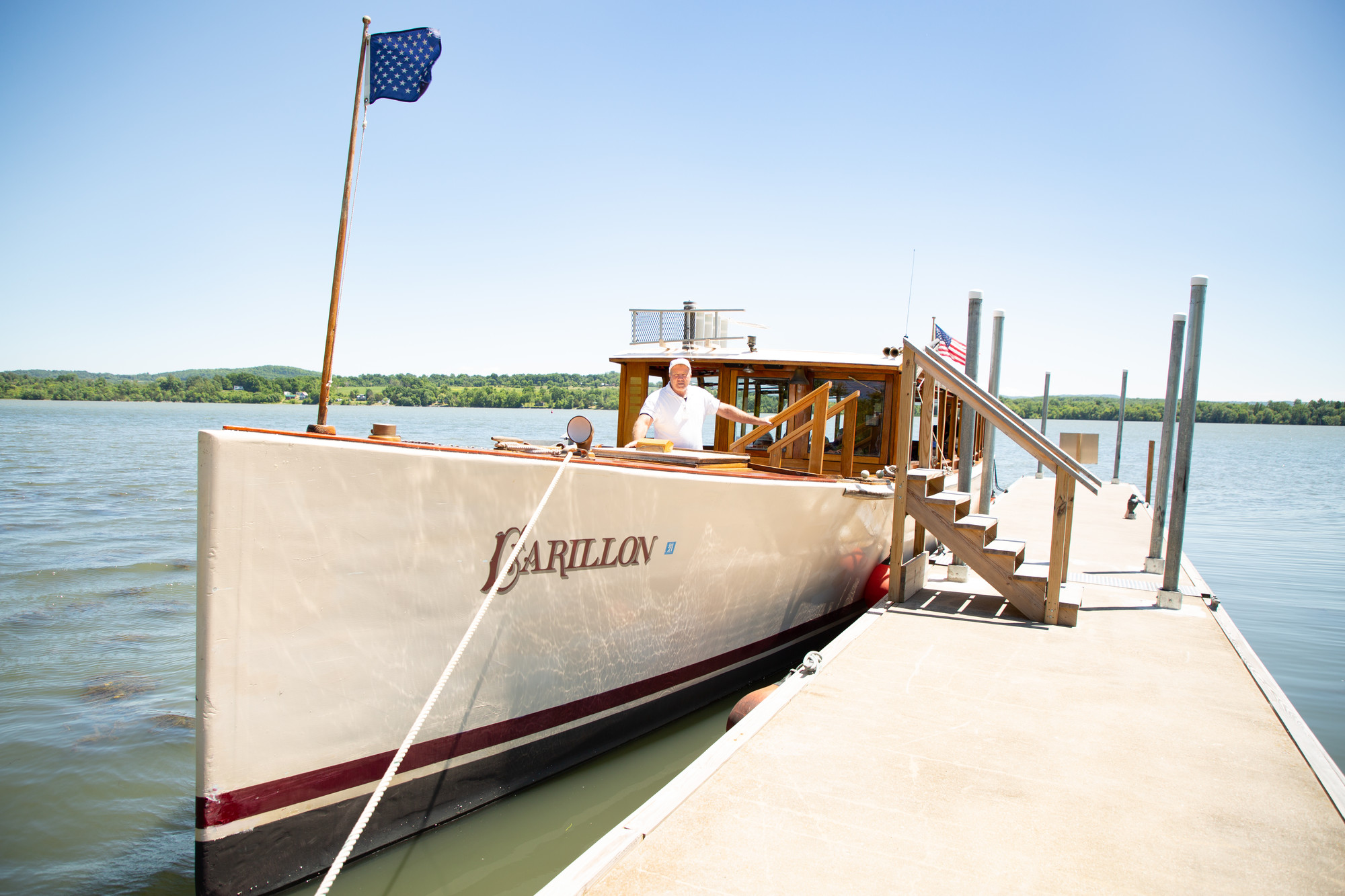
At the Lake Champlain Maritime Museum, learn the stories of the American Revolution, of bootleggers crossing from one state to another with illegal spirits, of pioneering women who made their living on the water. A number of artifacts carefully removed from the lake bottom and preserved by conservators are on display here. You'll find large artifacts, from the ribs of ships to the stem of a gunboat that sank in 1777. Small artifacts speak to the lives of those who lived, worked, and even fought on these ships. Buttons, coins, and parts of shoes have all been found in the lake, carefully retrieved and documented, and put on display to teach us all about history.
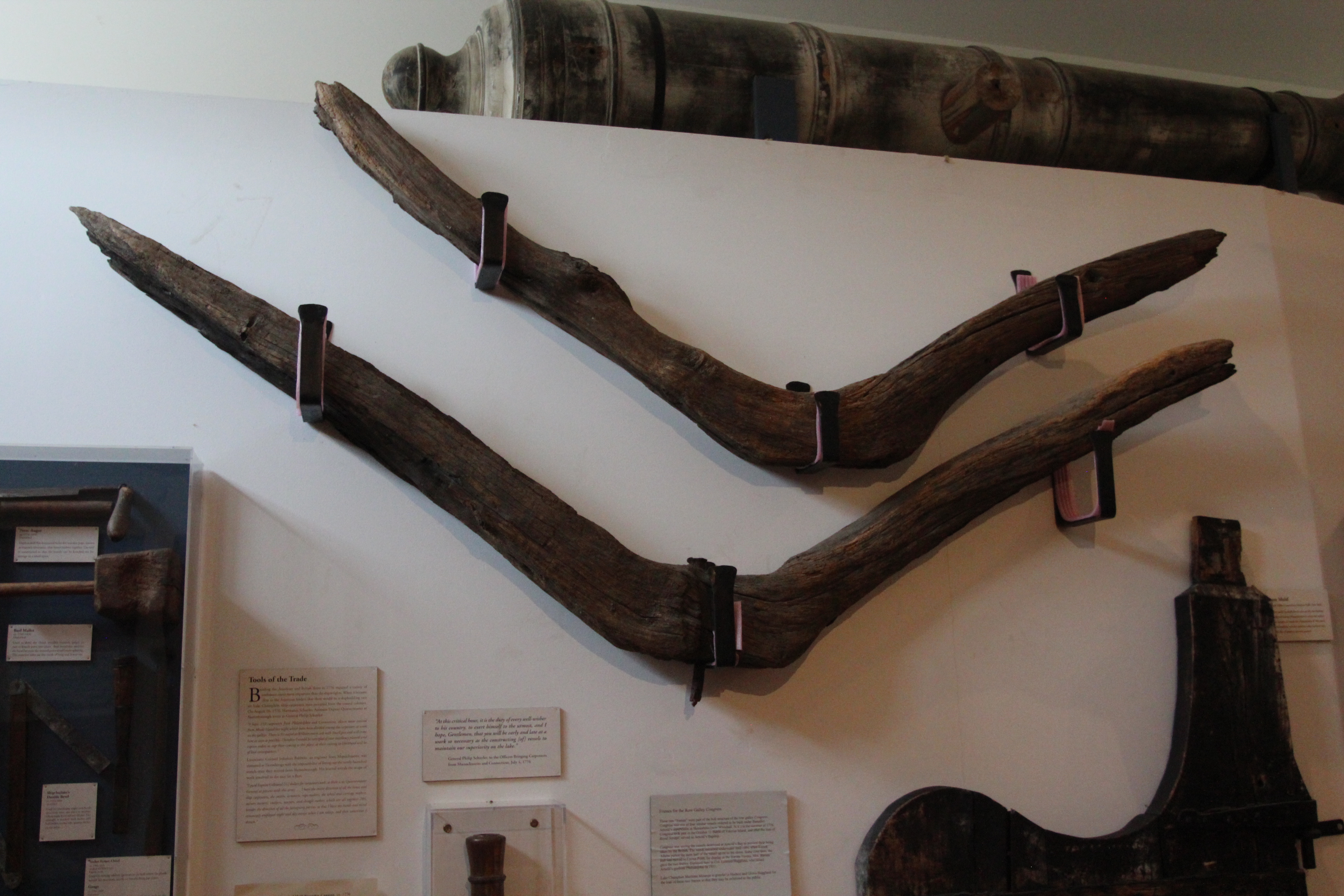
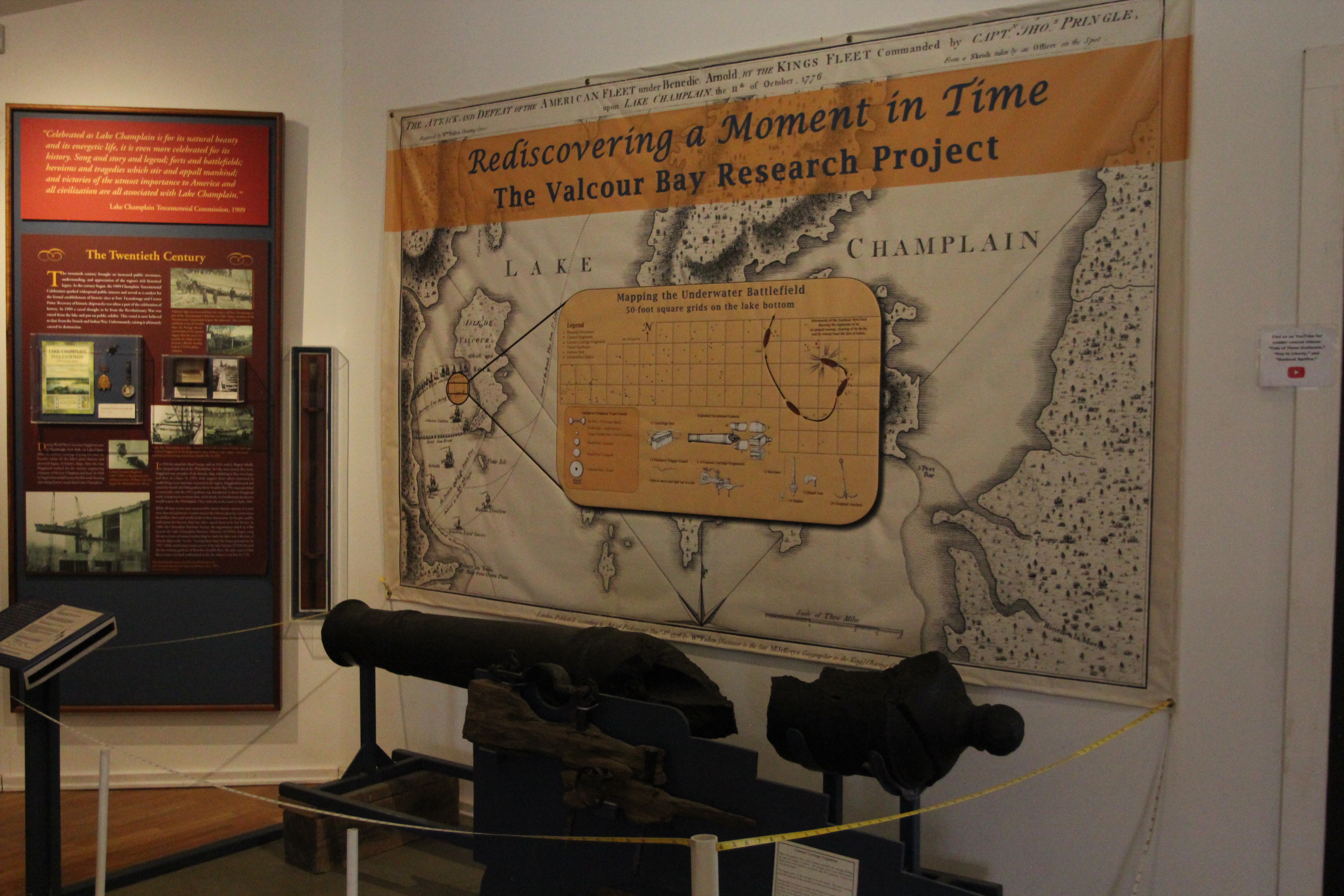
The future of Lake Champlain
As organizations like the LCMM and Fort Ticonderoga continue their work preserving shipwrecks and inspiring others to get involved, we will surely continue to learn from these long-lost boats about the past. History doesn't need to be relegated to a book; it is existing alongside us, even under the water we swim and fish. As Chris Sabick from LCMM thoughtfully explains, "The many well preserved shipwrecks at the bottom of Lake Champlain are historic treasures. These vessels and the artifacts they contain are a physical record of our shared history, and as such they need to be protected and managed like other non-renewable resources. Stewardship of these historic treasures by the general public is necessary for their long term survival."
Want to learn more about the shipwrecks in Lake Champlain? Plan a visit to the Lake Champlain Maritime Museum to view artifacts retrieved from the lake and learn amazing stories of life on the lake. Then take the Lake Champlain Bridge over to New York and take a ride on the Carillon at Fort Ticonderoga. You'll feel history come to life. While you're here, enjoy the great outdoors and sample the local flavors.
Lake Champlain doesn't belong to Vermont or New York, to the United States or Canada. It is a natural and historic resource that connects all of us and deserves to be loved and protected by all of us together, no matter what side of the lake we live and play on. Anchors aweigh!
Header image: Phoenix Burning by Ernie Haas. Image courtesy the artist and the Lake Champlain Maritime Museum.






